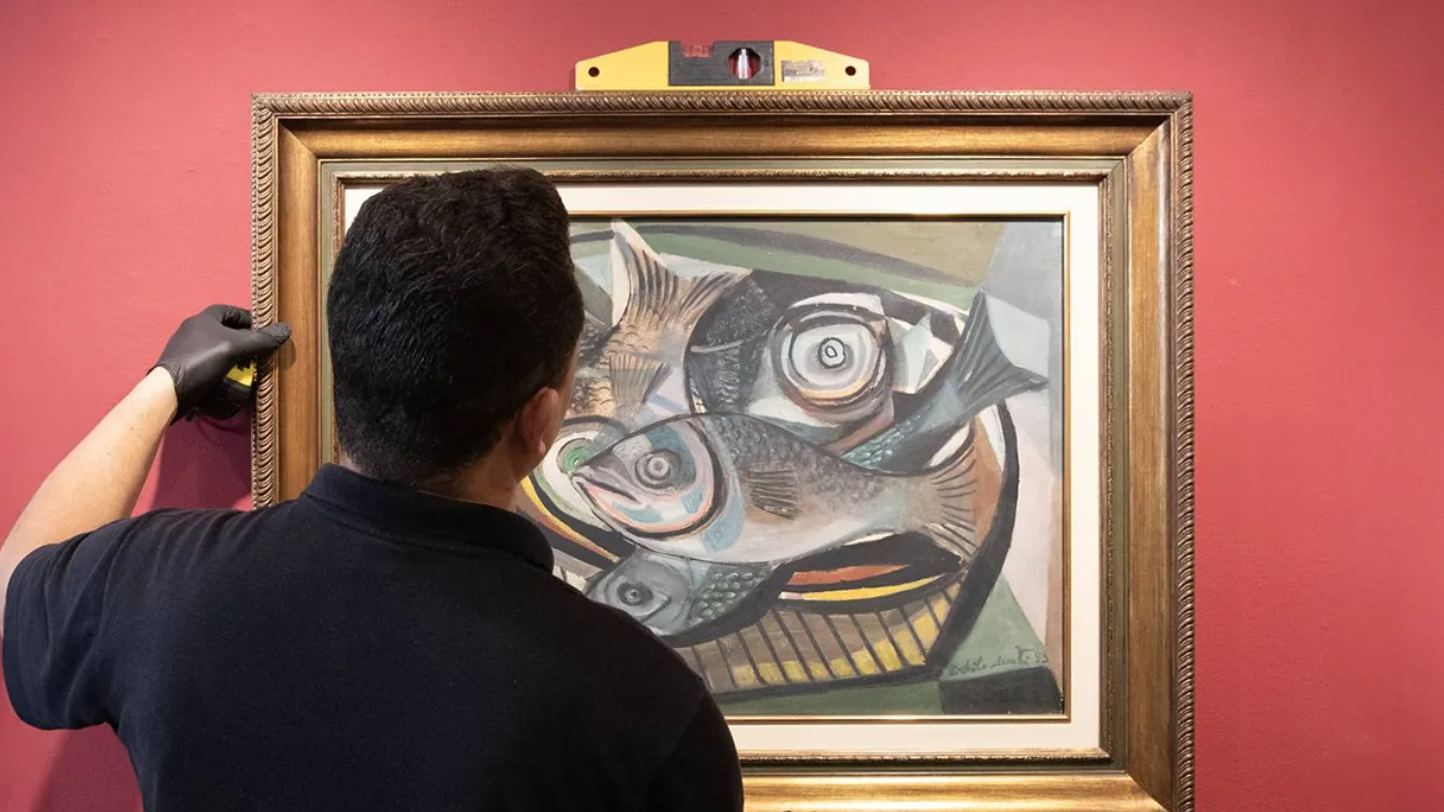
Art is much more than a form of aesthetic expression: it represents cultural heritage, historical value, and often a significant investment. Whether paintings, sculptures, photographs, prints, or installations, any piece of art requires specific care to ensure its long-term preservation. In this article, we explore best practices for protecting and preserving your art collection, from environmental monitoring to proper insurance.
1. Understanding the Nature of the Works
First and foremost, it's essential to understand the materials and techniques used in the pieces that make up your collection. Each type of work—whether paper, canvas, wood, metal, or ceramic—has specific conservation needs. For example:
Paper is extremely sensitive to light and moisture.
Oil on canvas can react badly to temperature variations.
Metal sculptures are subject to corrosion if exposed to humid environments.
Photographs fade in ultraviolet light and heat.
Knowing the physical composition of works is the first step in adopting appropriate conservation strategies.
2. Environmental Control
The environment in which artworks are stored or displayed plays a crucial role in their durability. Key environmental factors to consider include:
Temperature and Relative Humidity
Fluctuations in temperature and humidity are highly damaging to most art materials. Ideally, a stable temperature should be maintained between 18°C and 22°C, and relative humidity between 45% and 55%. To achieve this:
Use dehumidifiers or humidifiers as needed.
Install digital thermohygrometers to continuously monitor the environment.
Avoid installing works near heat sources such as radiators or direct sunlight.
Lighting:
Light, especially ultraviolet (UV) light, is one of art's greatest enemies. Prolonged exposure can cause discoloration, material disintegration, and loss of aesthetic value.
Use LED light, which emits low levels of UV.
Apply UV filters to windows and display cases.
Avoid direct lighting and opt for low light levels, especially for works on paper or fabric.
3. Proper Storage
When works are not on display, proper storage is essential to prevent damage. Some best practices include:
Store works in dry, clean and ventilated places.
Use acid-free archival materials such as boxes, folders, and protective paper.
Avoid stacking pictures or frames directly on top of each other.
For sculptures or three-dimensional objects, use padded supports to distribute the weight evenly.
4. Careful Handling
Incorrect handling is one of the main causes of damage to works of art. When moving or examining pieces:
Wear cotton or nitrile gloves to avoid transferring skin oils.
Handle the work by the edges and avoid touching the artistic surface directly.
Transport larger works with the help of another person to ensure stability.
When transporting to other locations, invest in appropriate, padded packaging.
5. Professional Framing and Framing
Frames aren't just decorative; they're protective elements. Proper professional framing helps preserve the integrity of the work.
Use UV-protected glass or acrylic (such as plexiglass) for works on paper.
Choose acid-free mounting materials, such as conservation mats.
Prevent the work from touching the glass directly by using internal spacers.
6. Regular Inspection and Maintenance
Good maintenance requires ongoing attention. Perform regular inspections to detect signs of:
Insect infestation (e.g. moths, termites).
Mold or mildew (particularly in humid environments).
Cracks, discoloration or curling.
Peeling paint or fragile materials.
If you identify any anomalies, consult a professional conservator-restorer. Never attempt to restore a work yourself.
7. Cataloging and Documentation
Keeping a detailed record of your collection is essential, both for organizational purposes and for evaluation and possible sale or donation.
Create files with complete information about each work: title, artist, date, technique, dimensions, provenance, state of conservation, estimated value, among others.
Photograph each work from different angles.
Keep all certificates of authenticity, receipts, and related correspondence.
You can use specialized collection management software, ideal for collectors with multiple works.
8. Collection Insurance
Financial protection for your collection is another crucial aspect. Adequate insurance covers losses from theft, fire, flood, or accidental damage.
Have a professional appraisal done and update the value periodically.
Choose an art-specific policy—not all standard home insurance policies cover valuable art.
Check the insurance requirements regarding home security (e.g. alarm, safe, surveillance).
9. Physical Security
Protecting your collection from theft and vandalism involves physical security measures:
Install alarm systems with motion sensors.
Use video surveillance cameras in areas where art is displayed or stored.
For high-value works, consider using contact sensors on the frames.
Avoid publicly disclosing the location or extent of your collection, especially on social media.
10. Consulting and Conservation Professionals
No matter how careful, amateur collectors have limitations. Collaboration with experts is vital:
Conservators-restorers can prevent damage and perform safe interventions.
Independent curators help organize exhibitions or select works for rotation.
Art consultants provide guidance on acquisition, appreciation and maintenance.
Often, a small investment in these services prevents irreversible losses.
11. Transportation and Temporary Exhibition
If you lend works for exhibitions or transport them to other locations:
Use specialized art carriers.
Demand professional packaging, with climate-controlled boxes and transport insurance.
Find out about the environmental and safety conditions of the exhibition site.
Request a condition report before and after transport.
Conserving an art collection requires a combination of knowledge, vigilance, and investment. By implementing appropriate protective measures, you're not only safeguarding the financial value of the works but also ensuring that future generations can enjoy them. Whether you're a passionate collector, an heir to family works, or a discerning investor, caring for your collection is an act of cultural and personal responsibility. Art, after all, isn't just for viewing—it's meant to last.
